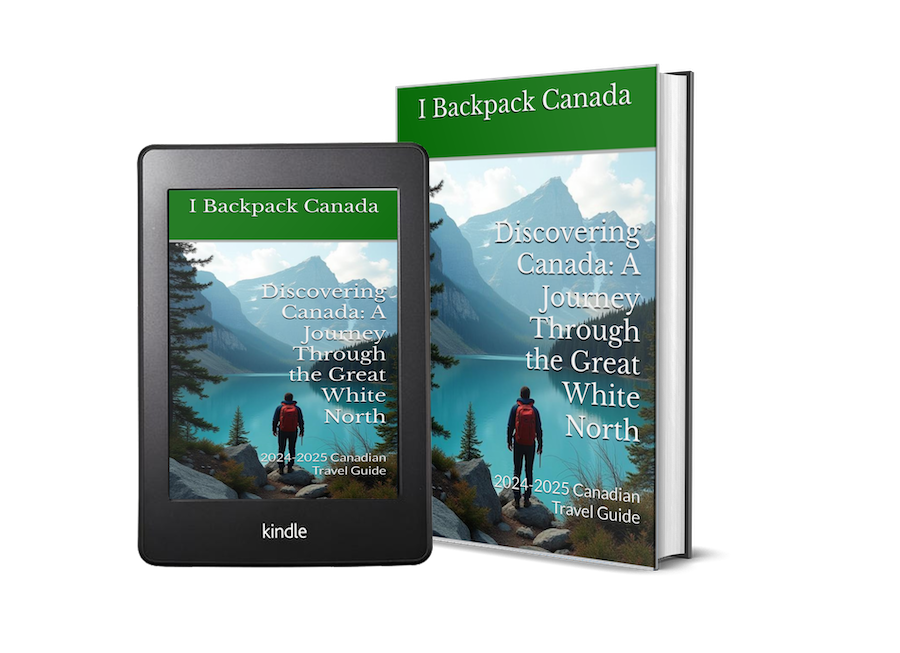Ultimate Guide to Backpacking the Trans Canada Trail
Posted on March 13, 2025 • 4 minutes • 772 words
Table of contents
Embarking on an adventure along the Trans Canada Trail offers an incredible opportunity to connect with nature while exploring the vast beauty of Canada. Spanning over 24,000 kilometers, this extensive network of trails, waterways, and scenic routes promises an unforgettable journey for backpackers of all skill levels. Whether you’re a seasoned hiker or a newcomer to the trail, this ultimate guide will equip you with essential tips and insights to make your backpacking experience along the Trans Canada Trail both enjoyable and memorable.
Understanding the Trans Canada Trail
The Trans Canada Trail, also known as “The Great Trail,” is designed to unite Canadians from coast to coast. This expansive trail system traverses a variety of terrains, including urban areas, forests, mountains, and waterways. Each section offers its own unique charm and challenges, making it essential for backpackers to plan their routes carefully.
Planning Your Route
Before setting off on your backpacking adventure, it’s crucial to plan your route. The Trans Canada Trail is divided into several sections, each with its own characteristics. Research the areas you wish to explore, taking into account the difficulty level, distance, and available amenities. Popular segments include the rugged trails in British Columbia, the stunning landscapes of the Prairies, and the picturesque paths in Quebec and the Maritimes.
Utilizing resources like trail guides, maps, and online forums can provide valuable insights from fellow backpackers. Make sure to consider your own fitness level and experience when selecting a route to ensure a safe and enjoyable journey.
Best Time to Backpack the Trail
Timing can significantly impact your experience on the Trans Canada Trail. Generally, the best months for backpacking are late spring to early fall, when the weather is most favorable. Keep in mind that conditions can vary greatly depending on the region. For example, the Rockies may still have snow in early June, while the Prairies can be quite hot in July and August.
Research the typical weather patterns for your chosen section, and consider carrying gear appropriate for the conditions you may encounter. Being prepared for rain or sudden temperature changes will help maintain your comfort during the trek.
Essential Gear for Backpacking
Packing the right gear is crucial for a successful backpacking trip. A well-fitted backpack should be your first priority, as it will carry your essentials throughout the journey. Here’s a list of must-have items:
- Tent: Choose a lightweight and durable tent that can withstand various weather conditions.
- Sleeping Bag: Opt for a sleeping bag suitable for the temperature range of your chosen trail.
- Cooking Equipment: A portable stove and compact cookware will make meal preparation easy.
- Clothing: Layered clothing is key. Include moisture-wicking base layers, insulating mid-layers, and a waterproof outer layer.
- Navigation Tools: A map and compass or a GPS device are essential for staying on track.
Don’t forget personal items such as a first-aid kit, water purification system, and sufficient food supplies. Prioritize lightweight, compact gear to keep your backpack manageable.
Staying Safe on the Trail
Safety should be a top priority while backpacking the Trans Canada Trail. Familiarize yourself with the area you’re exploring, including potential hazards like wildlife encounters or challenging terrain. Here are some safety tips to keep in mind:
- Stay Hydrated: Carry enough water and know where to refill along the route.
- Wildlife Awareness: Be aware of the local wildlife and know how to react if you encounter animals like bears or moose.
- Trail Etiquette: Follow Leave No Trace principles to preserve the beauty of the trail and maintain a respectful relationship with nature.
Having a buddy system can enhance your safety as well. If possible, travel with a partner or group, especially in more remote areas.
Connecting with Fellow Backpackers
The Trans Canada Trail is a popular destination for outdoor enthusiasts, and connecting with fellow backpackers can enrich your experience. Join online communities or social media groups dedicated to the trail to share experiences, tips, and recommendations. This networking can provide insights into lesser-known sections of the trail and help you discover hidden gems along the way.
Conclusion
Backpacking the Trans Canada Trail is an adventure that can lead to unforgettable memories and a deeper appreciation for Canada’s natural beauty. With careful planning, the right gear, and a commitment to safety, you can embark on an exciting journey that showcases the diverse landscapes and cultures of this vast country. Whether it’s your first time or a return trip, each hike along the trail offers new experiences and perspectives that will stay with you long after the hike is over. Embrace the challenge, enjoy the scenery, and make the most of your time on this remarkable trail!





